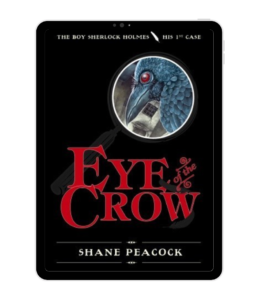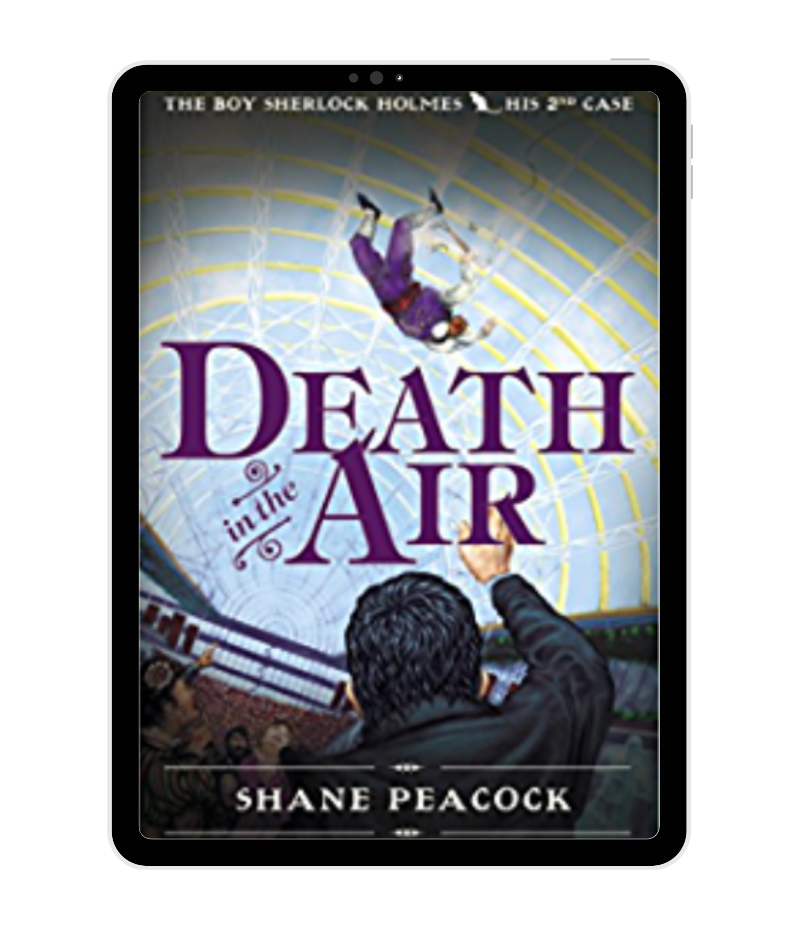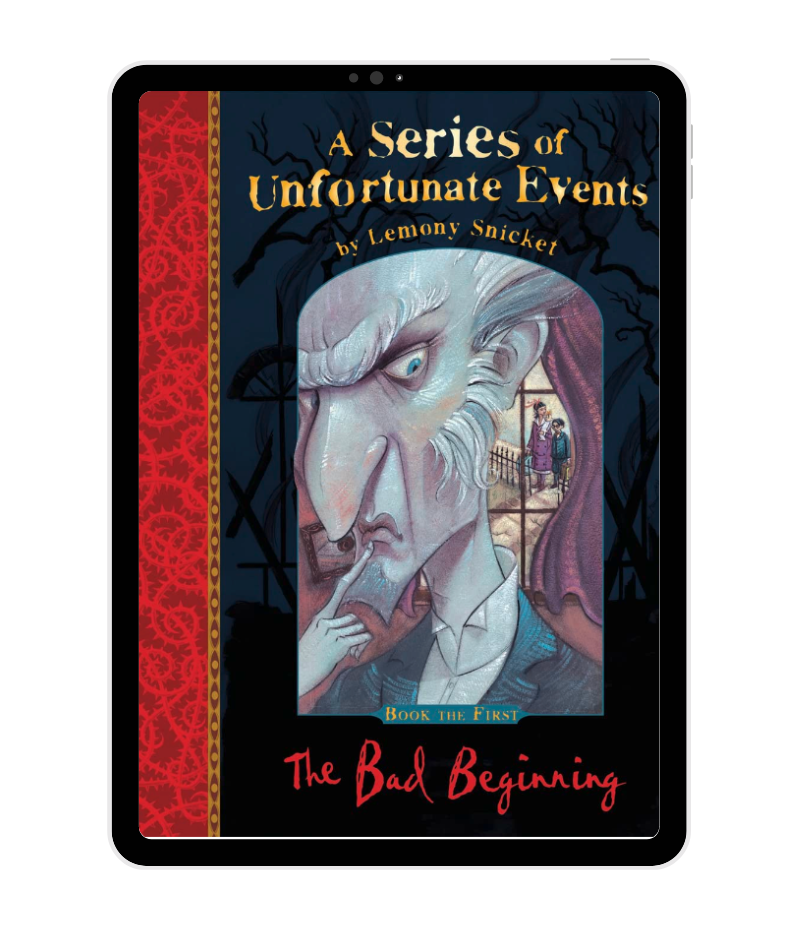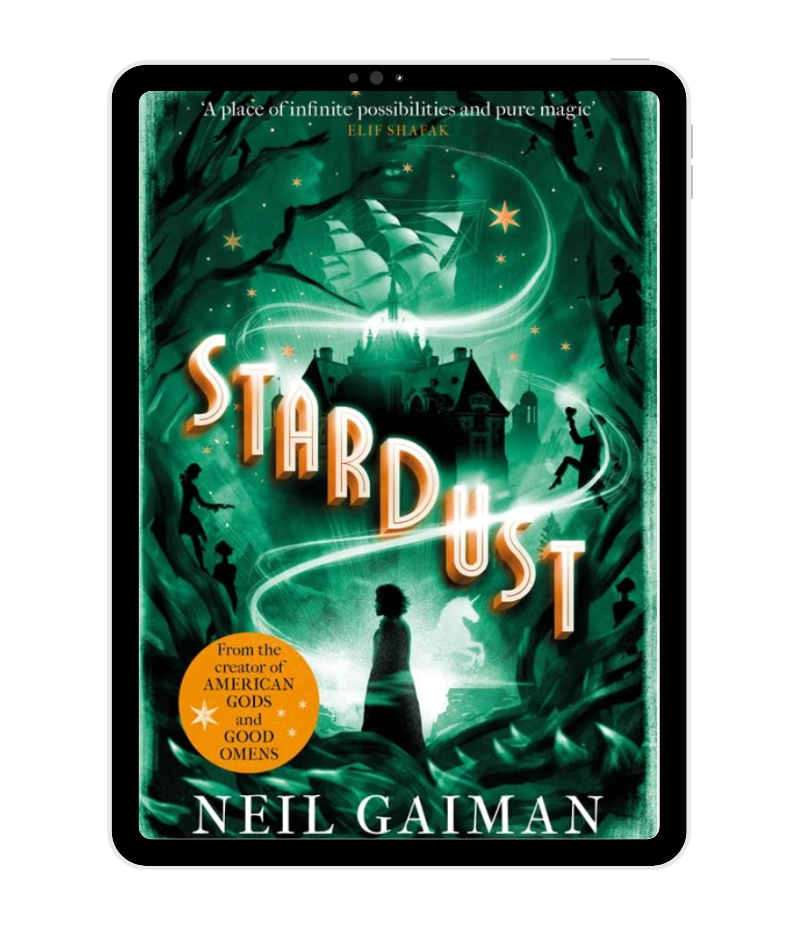Sherlock Holmes, just 13, is a misfit. His highborn mother is the daughter of an aristocratic family, his father a poor Jew. Their marriage flouts tradition, makes them social pariahs in the London of the 1860s; and son Sherlock bears the burden of their rebellion. Friendless, bullied at school, he belongs nowhere and has only his wits to help him make his way.
Genre: mystery, detective, crime
Themes: justice, corruption, friendship, loyalty, class, identity
Age: 12+

1. Character analysis: Ask students to choose one of the following characters: Sherlock Holmes, Irene Adler, or Alistair Moran. Then, have students create a character analysis chart that includes the following categories: physical appearance, personality traits, relationships with other characters, motivations, and how the character changes throughout the story.
2. Become the author: Ask students to write a short story from the perspective of a minor character in the novel, such as the street urchin known as “The Nose” or the criminal mastermind, Baron Maupertuis. The story should be set during one of the key scenes in the book and should offer a different perspective on the action.
3. Moral Dilemma: Provide students with a series of moral dilemmas that relate to the events in the book for them to discuss and debate. For example, they could be asked to consider what they would do if they were in Sherlock’s position and had to choose between following the law or doing what they believed was morally right. Or they could explore the moral dilemma of revenge and whether revenge is ever justified.
4. Group research project: Have students research historical aspects of Victorian England such as class structure, the criminal justice system, or scientific discoveries of the time period. They can use their findings to create a presentation for the rest of the class.
5. Crime Scene Illustrations: Ask students to create illustrations of the crime scene in the story, using visual elements to highlight the clues and evidence that Sherlock and Watson discover during their investigation. They can draw or sketch, use magazines or even do it electronically.
Enjoyed this book? You might also enjoy…


